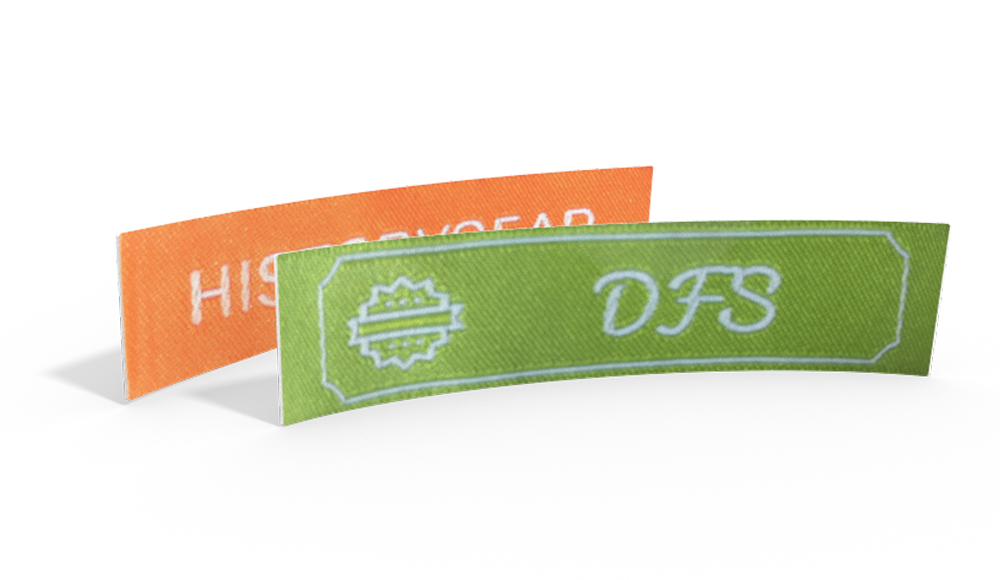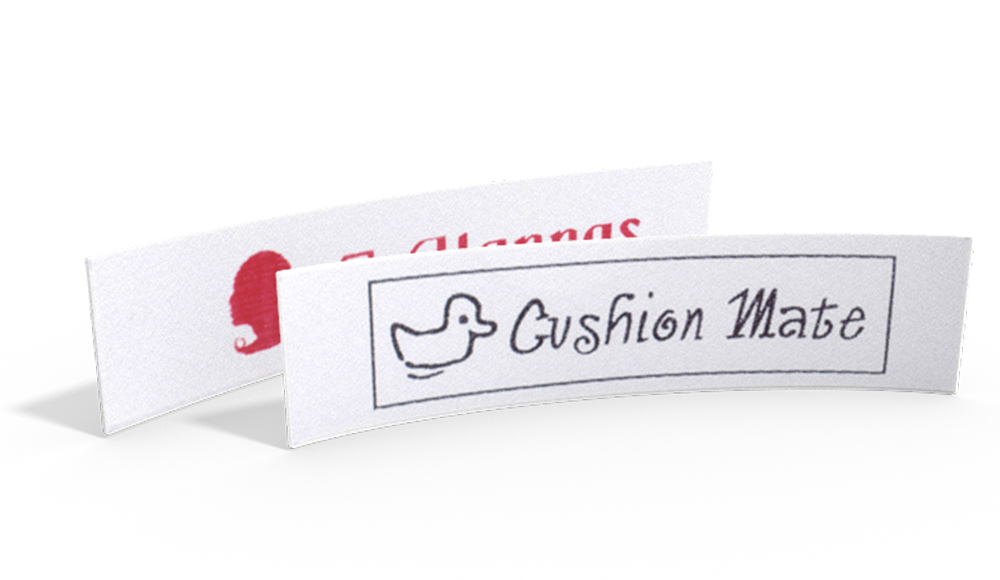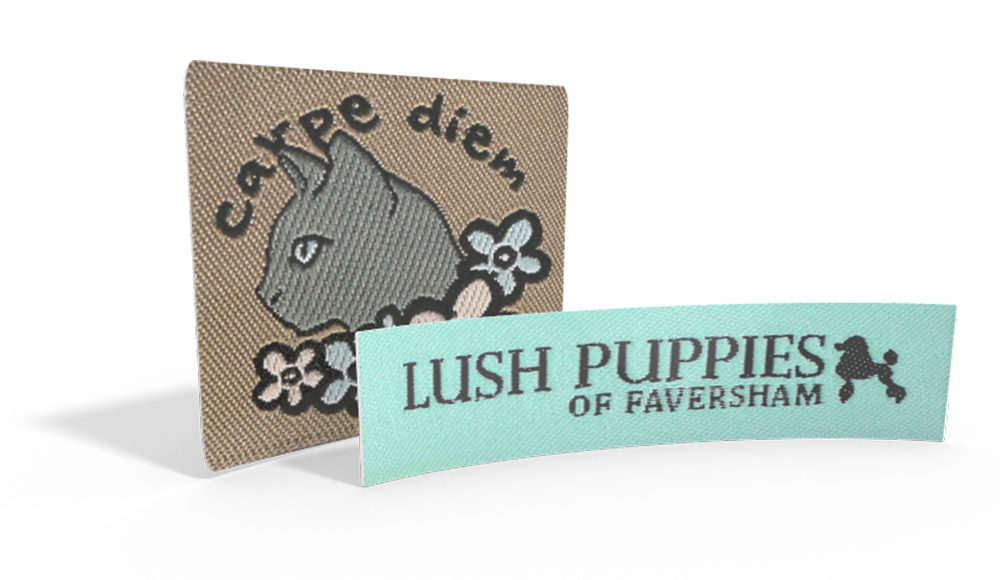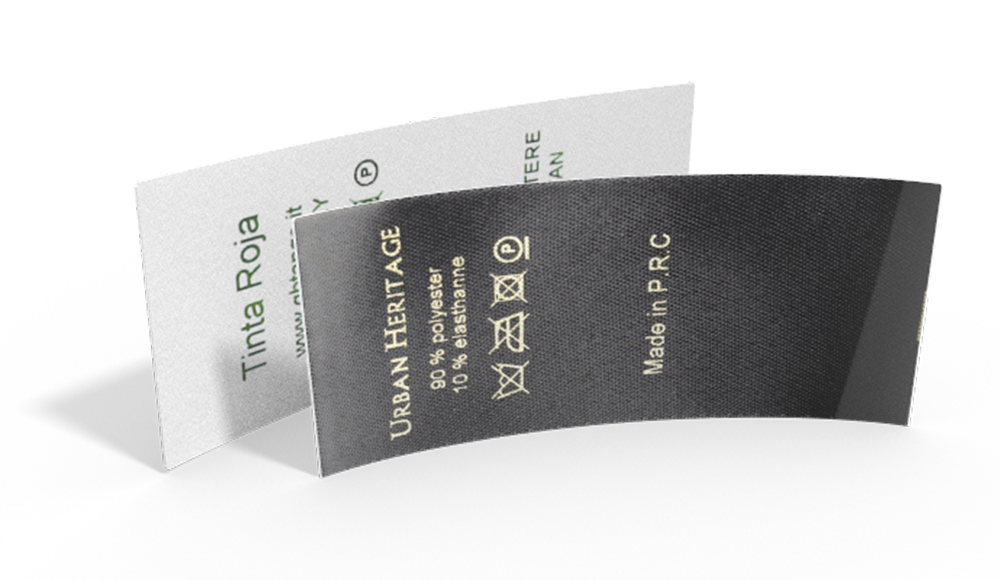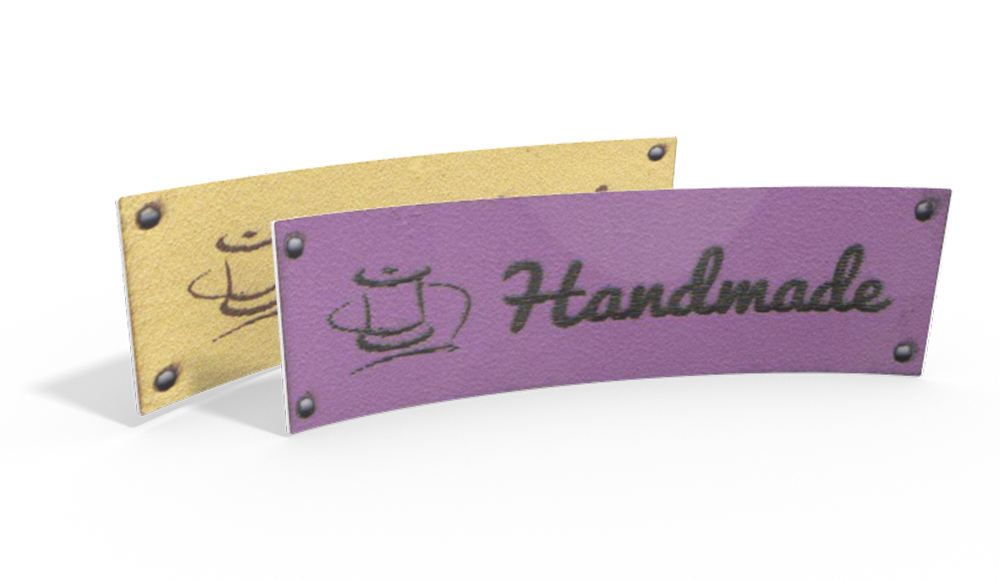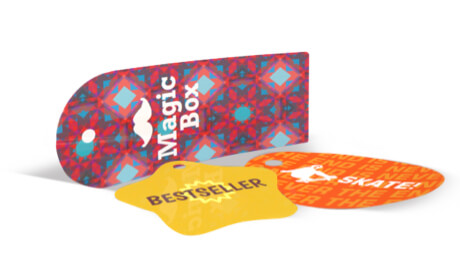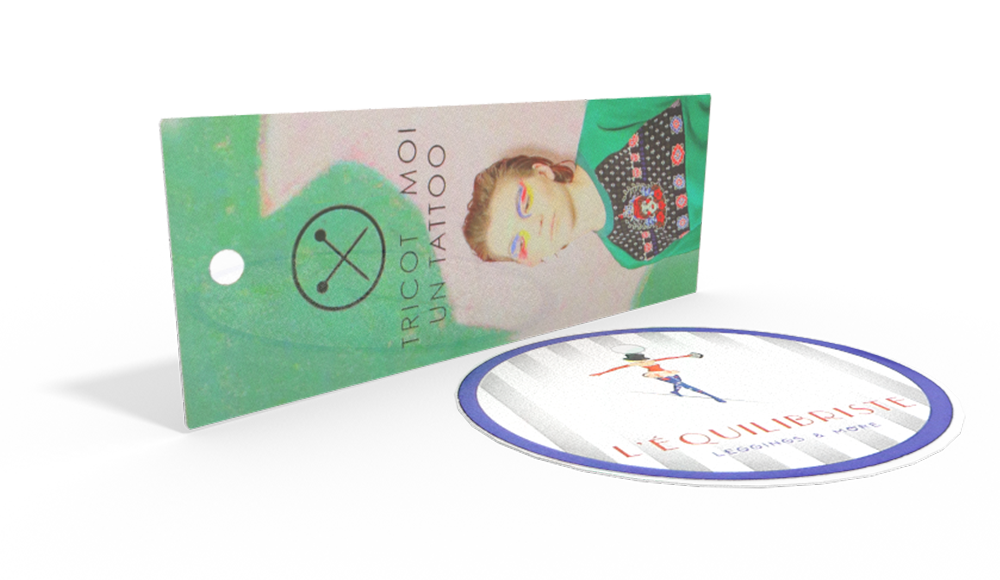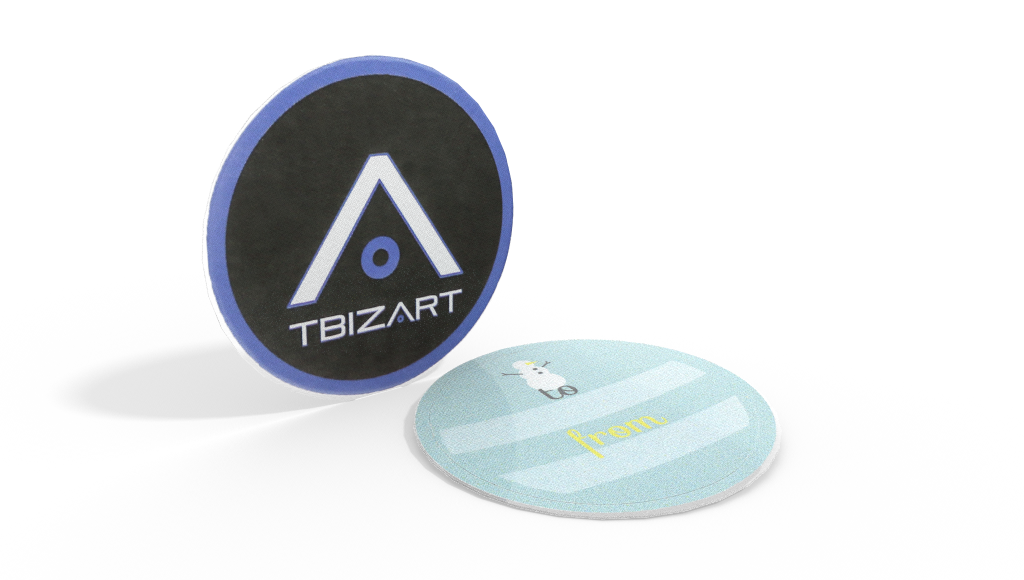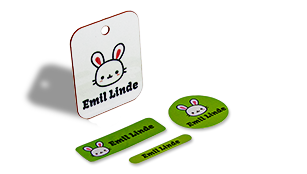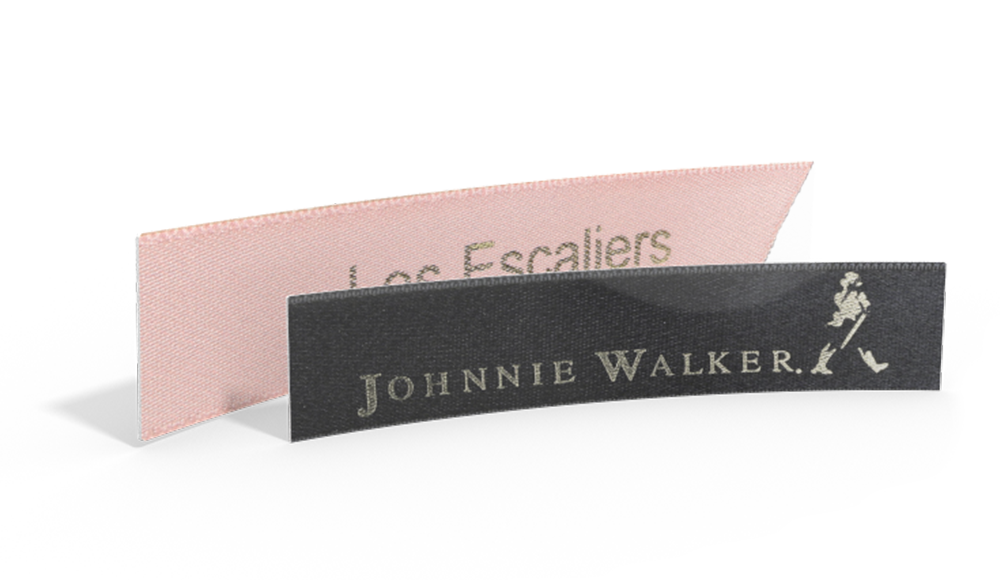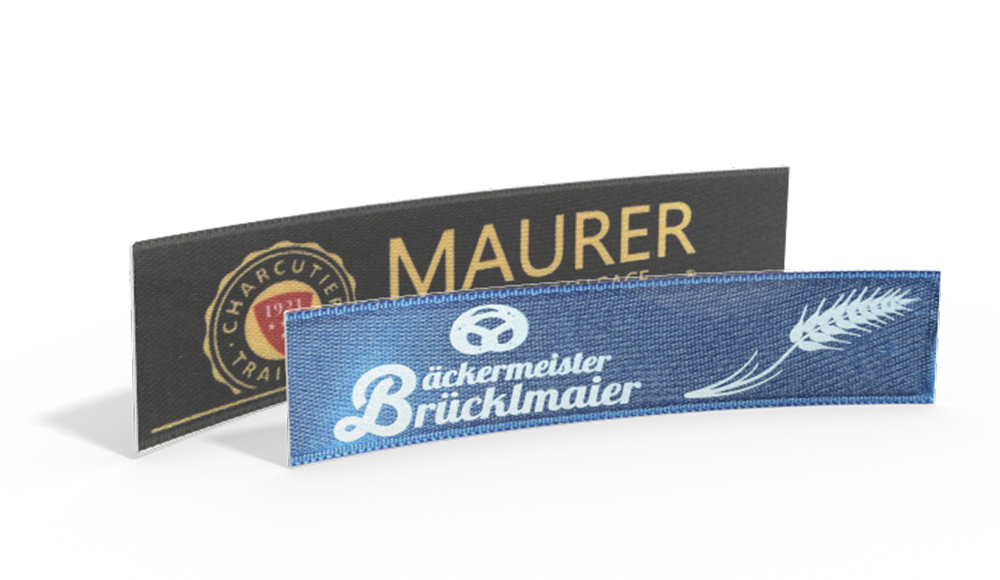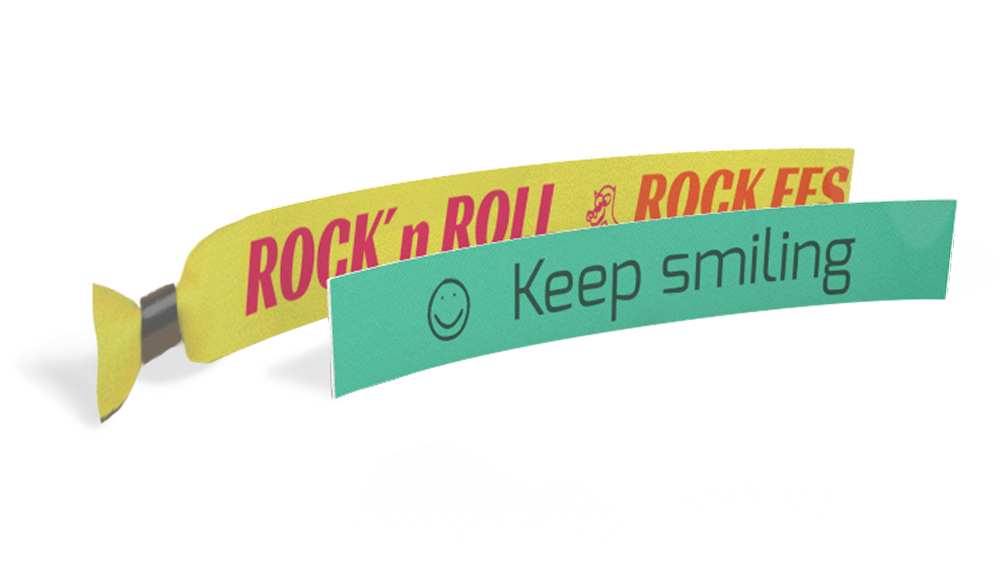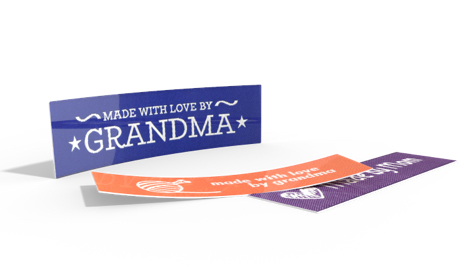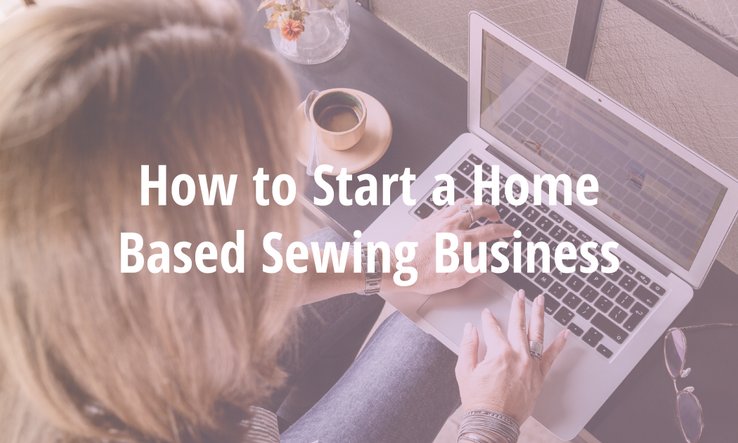Thinking about turning your favorite hobby into something more? It's not quite as straightforward as it might seem. There are a lot of things to think about and consider before you take the plunge, and many of them don't have anything to do with sewing at all! Check out these basics to consider as you're getting your new business off the ground.
Looking for inspiration? Let Wunderlabel help! >>
The legal stuff
This is one nobody likes to think about, but it's pretty important. What do you do if your iron malfunctions and scorches a client's wedding gown? What happens if a child pops a button off a toy you've made and nearly chokes? You want to have some legal protection in place for these scary possibilities, and the person to talk to about that is definitely a lawyer. Check with your local chamber of commerce; they'll likely have lots of resources for what questions to ask and who you should talk to. There may even be free classes or other resources you can access. Take advantage of them!
The financial stuff
There are lots of things to think about as far as business finances go, but there are a few you'll need to consider before you even get started. For example, businesses can make wholesale purchases which are sales tax free, but only if they then collect tax on their finished products. That requires being registered as a business entity, and all the careful bookkeeping that goes along with it. Of course, if you want your business the have the opportunity to grow, you'll want to have all these things in place from the beginning. It's probably a good idea to talk to a small business accountant to get an idea of all the things you may not be familiar with. Even if you can't afford to hire an accountant right away, you can learn a lot from those conversations.
The good stuff: what kind of sewing business should you start?
All right, enough with the technical bits. You want to start your own sewing business because you love to sew! But what do you love to sew? That's going to have a major impact on what kind of business you decide to start, and what kind of planning will need to go into it.
The other major factor is what kind of sewing business your local area can support. If you're planning to sew items that can be shipped across the country (or even beyond!), then it may not matter if there are lots of similar businesses nearby. If you're planning on offering alterations or bridal wear, however, you may want to get creative if you've got lots of competition. This doesn't necessarily mean your dreams of opening your home-based sewing business are dashed. You just need to think about what makes your business unique compared to the others. What can you do or provide that they can't? What are the reasons customers should choose your business? Focus on promoting those traits to your potential customers.
Pricing
This can be a sensitive subject with lots of handmade businesses. A handmade product simply can't compete with a mass-produced product on price, so don't try. What you may want to consider, however, is a bit of market research. Check out products made with similar materials and skills. How much are your competitors charging? What seems to be the range? Once you've got a general ballpark, you can start working out specific prices for your own products. A simple formula for pricing your creations is:
((Materials + Time) x 2) + Overhead = Wholesale, Wholesale x 2 = Retail
The formula is simple, but the actual calculation can be tricky. How much time really goes into making, say, a shoulder bag? Do you count the fifteen minutes it took to get your bobbin fixed after you accidentally bumped the tension dial on your sewing machine? What about the time you're waiting for the fabric to pre-wash and dry?
In general, best practice is to work out the average "hands on time" for a given project. So count the time you took to set up the washing and drying, but not the actual wash cycle, since that time can be used working on other projects. If you time the process as you make a few items, you'll be able to account for errors like broken needles, rethreading bobbins, and other time consuming little tasks that aren't necessarily part of actually creating your products.
Once you know how long it takes to make your product, you need to know how much you'll be charging per hour. Is your time worth $10 an hour? $20? How much can you charge per hour and still keep your product within your target range? Is it enough to make your time worth it?
If you find you can only afford to pay yourself $5 an hour, you may want to look at creating different products, or finding ways to speed up the process. Can you cut multiple projects out at once? What if you switch from scissors to a rotary cutter, or invest in a faster sewing machine? Put some time into running these numbers before you start building up your inventory. That way you'll know that the items you're creating are the ones that will be most profitable for you.
Where should I sell my products?
In this glorious digital age, you've got all kinds of options for selling your finished products. You could set up your own website to sell your items, or use a platform like Etsy to take care of some of the heavy lifting. You could focus primarily on in-person events like craft shows, or produce a catalog for customers to order from. You could even decide you don't want to sell to customers directly at all, and provide your products wholesale to retailers instead.
Each of these options has benefits and drawbacks.
- Independent website: Pros- Fewer fees for posting items and e-commerce transactions, absolute control over look and feel of the website. Cons- Maintenance intensive, can be costly, low traffic
- Sales Platform (like Etsy): Pros- Good reputation, high traffic, easy-to-use interfaces, no web development skills required. Cons- Lots of fees, limited customization options.
- In Person Sales: Pros- Allows customers to interact with you and your products, great opportunities for upselling and add-on sales, good for building rapport with customers. Cons- Time and labor intensive, can be expensive, return on investment can be highly variable, customers expect some kind of online presence regardless of in-person appearances.
- Wholesaling: Pros- Limited number of retailers placing large advance orders means you have a clear idea of your cash flow situation. Cons- Retailers often require very large quantities with quick turnaround times, so if you can't meet demand, you may want to avoid wholesaling until your business has grown.
Many businesses use a combination of different techniques to create a mix that works for them. Spend some time thinking about your skills and preferences. Are you a fantastic photographer? An online store might be a great way for you to show off your skills with needle and thread and a camera. If you're a people person, you might find that doing the occasional craft show is a refreshing break from a day spent alone in your sewing room. It's all about finding a balance that works for both you and your business.
Other types of home-based sewing businesses
Most of the time, when we think of home-based sewing businesses, we think of sewists crafting items to sell on Etsy or at craft shows, or maybe of seamstresses and tailors taking in garments for alteration or customization. But there's another type of sewing business that may people forget, and this one won't require you to spend hours making products that may or may not sell.
As a sewist, you've got valuable skills and knowledge that others would love to learn. Setting up tutoring sessions or lessons can be a great way to get your sewing business going, and spread the word about your skills. If you're comfortable traveling to clients' homes, or welcoming them into yours, you can offer private lessons. Many crafting shops rent or loan out the use of their space for classes, so you could offer larger-scale events as well. You might even consider working with a local school to set up an after-school program for students to learn basic sewing techniques, or invest in video equipment to create downloadable online tutorials. Teaching classes opens up a whole new avenue for many sewists, and it's definitely something to consider if you're planning to start your own business!
What other advice do you have for sewists looking to start a home-based business? Got any tips and tricks, or helpful resources to share? Let us know in the comments!

